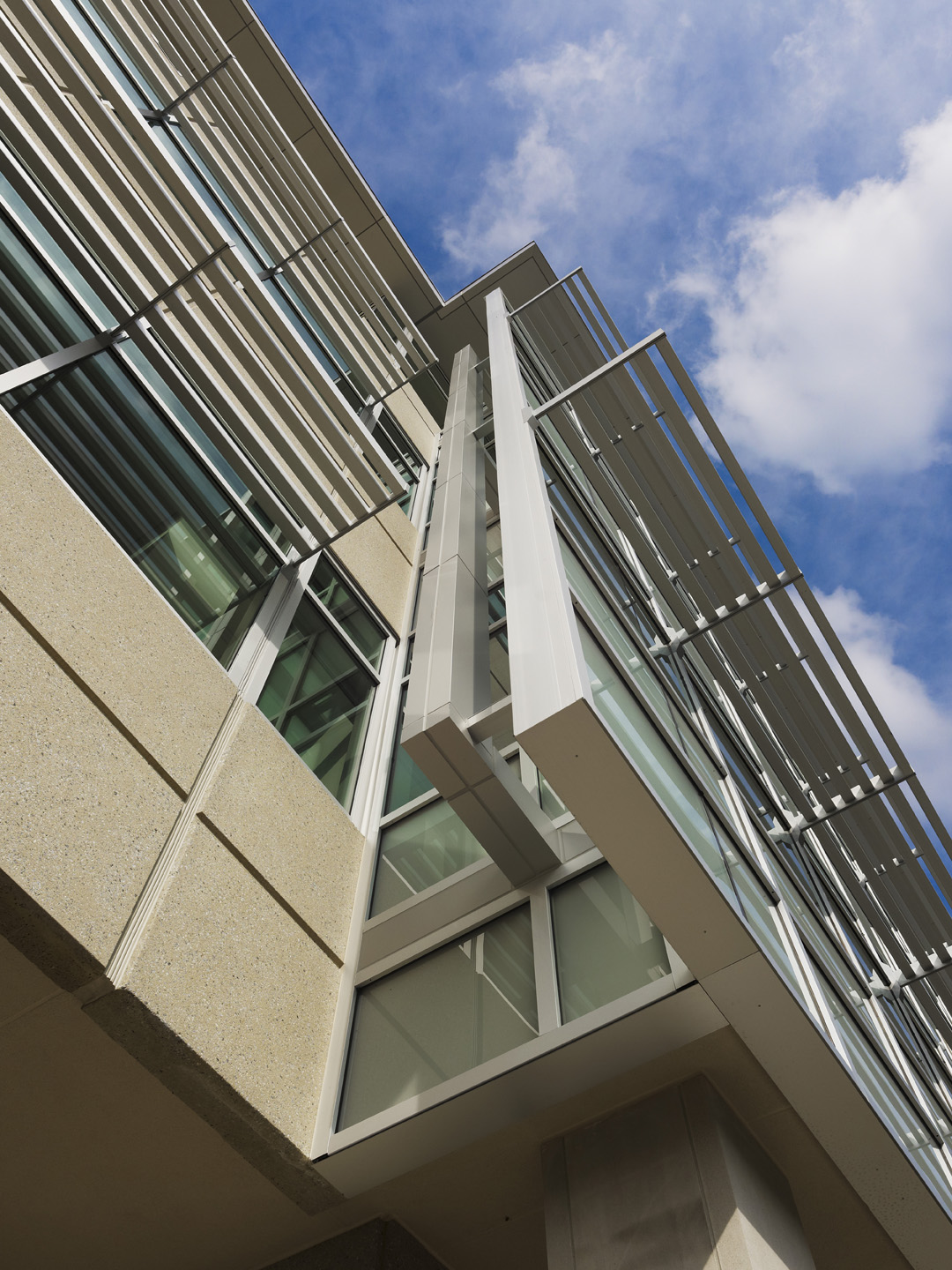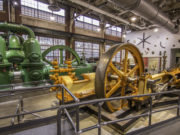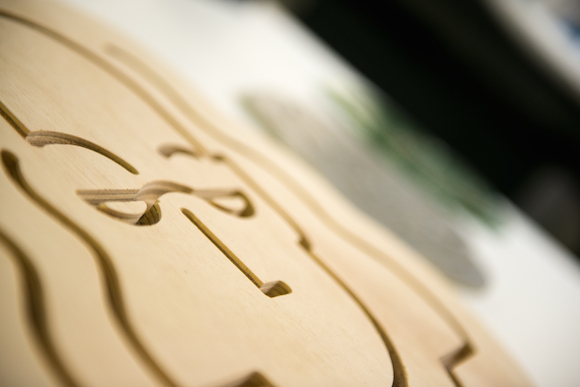Philadelphia’s new Museum of the American Revolution opened April 19, offering visitors the chance to get up close and personal with thousands of Revolutionary War-era artifacts.
Well…not too close. Those artifacts — including George Washington’s headquarters tent, diaries, letters, documents, weapons and more — are obviously too fragile and too precious to be handled. Instead, the brand-new, from-the-ground-up museum has utilized state-of-the-art technology to allow visitors to interact with these amazing relics virtually.
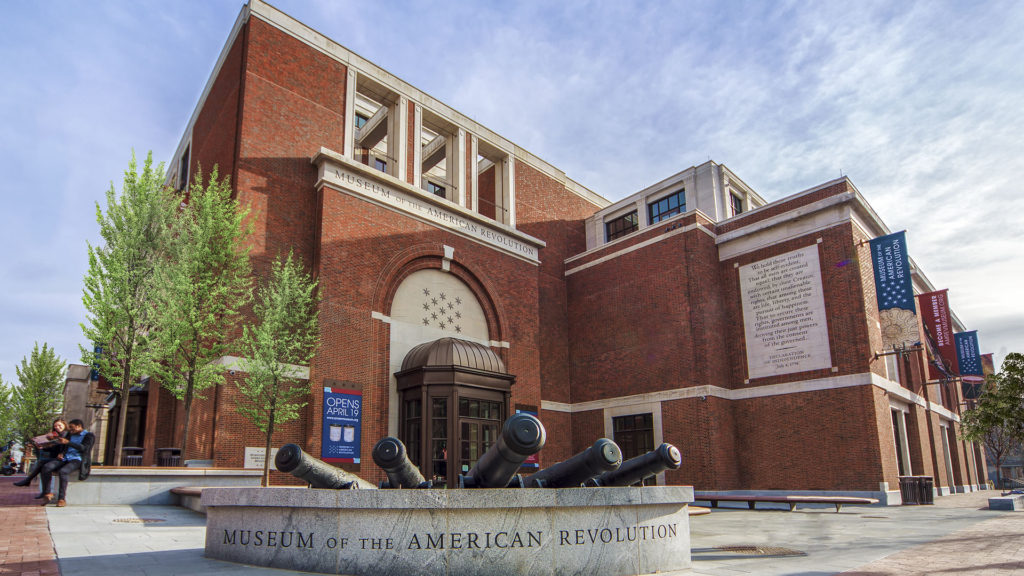
Philadelphia’s Bluecadet, a 10-year-old digital agency, is responsible for the museum’s interactive digital installations. According to Dan King, the company’s creative director of film, their work “connects these artifacts to people and the stories behind them.”
Bluecadet has created four touchscreen installations. “Finding Freedom: African Americans in Wartime Virginia” uses diaries and letters to tell the story of five enslaved African Americans in 1781. “Posters of Protest: 1765-1774” presents and interprets a collection of historic handbills, cartoons and posters that depict the decade-long escalation to war. “Season of Independence: the People Speak, January – July 1776” is an exploration of the 88 regional declarations that preceded the Declaration of Independence.

The fourth exhibit, “Arms of Independence, 1775-1783,” is especially innovative. Bluecadet developed a customized approach to motion control photography — an ultra-high-definition technology used in high-end videography — to allow visitors to virtually handle 46 Revolutionary War-era weapons and related artifacts.
The company spent 14 days working with curators in the museum’s basement, under high-security conditions, to take over 635,000 raw photos of 46 weapons. Only authorized museum personnel, wearing protective gloves, were allowed to handle the artifacts; strict controls on light, temperature and humidity were enforced.
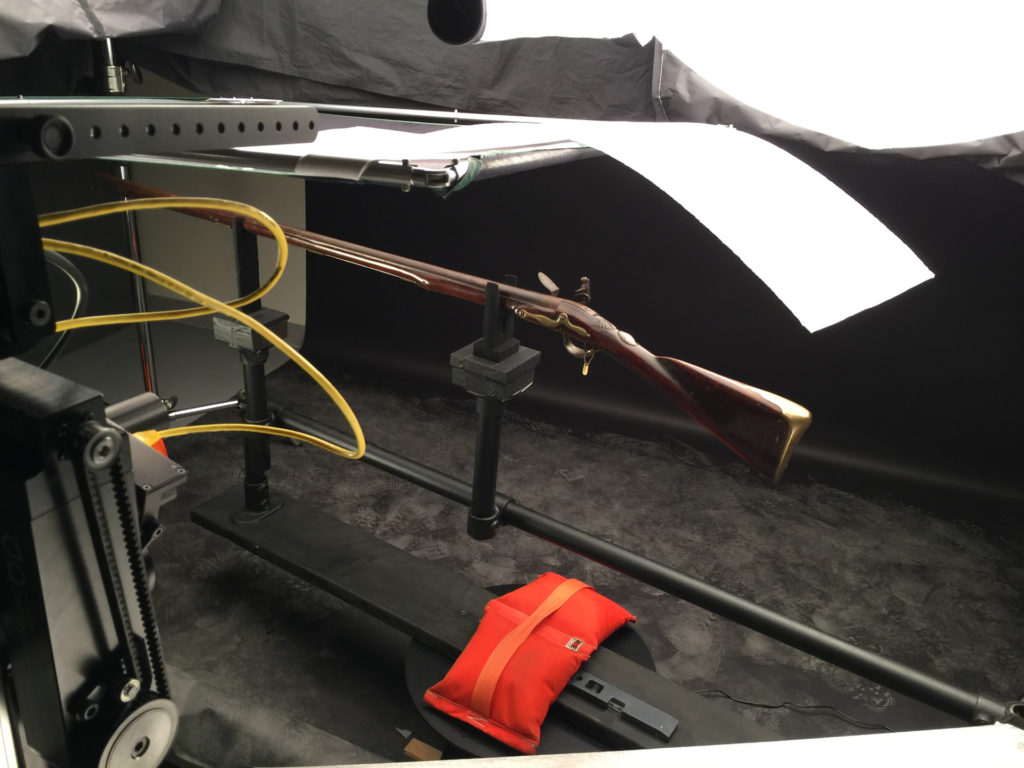
Bluecadet then designed and built a customized turntable mount (made of archival material) that allowed the weapons to be rotated with great precision along seven axes so the weapons could be photographed in extreme close up and in seemingly limitless angles.
Post-production took place at their studios in Fishtown, where photos were pared down to 208,000, color corrected and integrated into a finished app. The result allows museum visitors to manipulate and zoom in dizzying closeup on miniscule details such as initials engraved into the butt of a gun. A tap on “learn more” provides the personal story behind each artifact and the technical details of the item. The installation is located in front of a case of the actual weapons, most of which have never been displayed before.
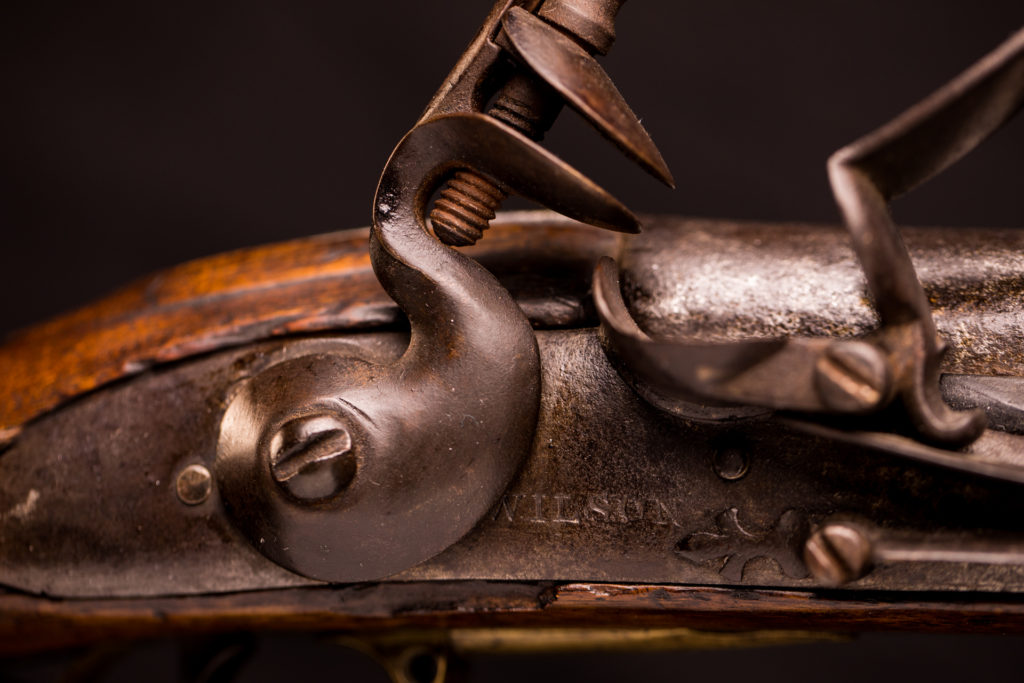
“We really pushed this technology to its limit,” says King. “What’s really special is tying the camera motion to visitors’ interaction on the screen.”

The Bluecadet-museum partnership is well established — in fact, the museum is the agency’s oldest client. The roots of the new attraction go back to 1907 when Rev. Herbert Burk of Valley Forge launched a two-year fundraising campaign to buy Washington’s war tent from Martha Washington’s ancestors. He brought the tent to Valley Forge in 1909 to serve as the centerpiece of a future museum within his church and in 1918 established the Valley Forge Historical Society, which maintained the museum in the Chapel until the end of the 20th century. In 2003, the Society transferred its collection to a new nonprofit group, the Museum of the American Revolution, which considered several locations in Valley Forge before deciding in 2009 to locate in Center City Philadelphia close to Independence Mall and the Liberty Bell.
Technology makes it possible to appreciate history in new ways, but the vision that drives Bluecadet’s museum work is “understanding the value of educating and exciting visitors in the museum space and using technology that achieves that vision,” adds King. “It’s not just to show off the newest and best technology.”
ELISE VIDER is news editor of Keystone Edge.

